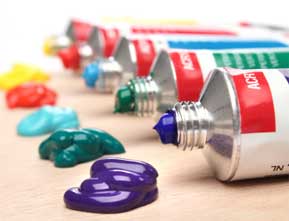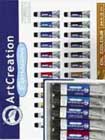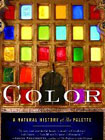
Paint are the foundation of creation since it is they that can give life to the canvas. There are many kinds (gouache, oil, watercolor, water ...) and all used to create special effects.Among the different types of paint commonly used, there is oil painting.
This is the Flemish painter Van Eyck in the 15th century, who invented this technology and opened the door to new creative possibilities. This is a painting equipment that uses a mixture of pigments and drying oil. Generally, painters use linseed oil or poppy oil. This allows for a more or less consistent paste. The oil painting requires patience because it is a technique that requires a long drying time. Upon drying, the oil hardens and traps pigments, without changing the appearance of the paint. When the dough is more consistent, it is possible to obtain the effects of materials and textures, including through the use of a spatula.
Acrylic paint for its part, consists of a mixture of pigments and synthetic resins.
The base is the same as that of the oil paint but acrylic paint also contains a binder consisting of water and an acrylic resin. This is a newer technique that has emerged in the early 20th century. It may seem easier to handle than oil painting because it is easier to prepare and apply. Note also that the drying time is much lower than that of oil painting. This allows you to work faster layers and thus create overlay effects and original scans. However, it limits the effects of textures and reliefs offered by the oil painting and also prevents editing. Once the paint is dry, it is impossible to go on.
The watercolor painting is probably the oldest technique of painting as some traces were found in prehistoric caves and burial chambers of Egypt. It is nevertheless not until the Renaissance that the technique of watercolor painting develops perfectly and shows its potential. Unlike oil painting and acrylic painting, watercolor painting is made of finely ground pigments, which are clustered using gummed water. It differs from gouache by a greater transparency. The support mainly used is water-colour paper, which is specially sized to receive this type of paint. There are two main techniques for applying watercolor: dry technique of spreading paint layers increasingly diluted to work in the detail and wet technique which comprises painting on a support already moistened.





